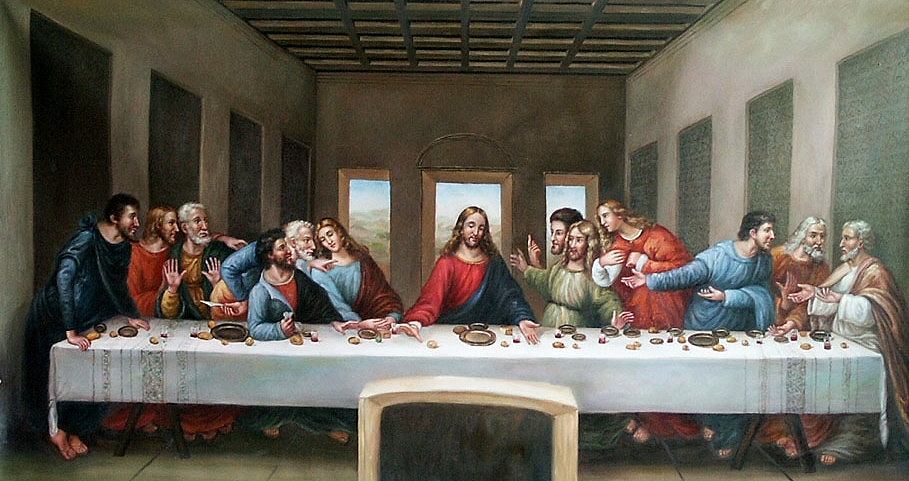
It is Thursday, just before dinner. Our Lord is tired but there will be no rest. For the most part, His ministry is over and the foundation of His Church laid. Time is now short.
This week has been a busy one. After arriving by donkey last Sunday, He spent the entire night in Bethany praying. Returning to Jerusalem for the day on Monday, He cleansed the Temple (yet again). Tuesday was filled with teaching then retiring to the Mount of Olives. Yesterday, a woman anointed Him with an expensive jar of alabaster in the home of Simon the leper. Judas began his plot of betrayal.
There will be no sleep tonight. In the Garden of Gethsemane Jesus will pray, be betrayed and condemned by religious leaders. He will stand before Pilate and Herod. By morning Pilate’s “sentence” will be swiftly and zealously carried out. Tomorrow afternoon He will be dead.
Tonight’s Passover celebration will be the final meal with the twelve. How will this precious time be used?
Recall this part of what we now call the Bread of Life Discourse:
Jesus said to them, “Amen, amen, I say to you, unless you eat the flesh of the Son of Man and drink his blood, you do not have life within you. Whoever eats my flesh and drinks my blood has eternal life, and I will raise him on the last day. For my flesh is true food, and my blood is true drink. Whoever eats my flesh and drinks my blood remains in me and I in him.”
This shocked and confused his disciples. Many left Him, but by their faith (if not understanding) the twelve remained. Jesus did not call to those who left nor explain Himself in any other way. His words were clear, blunt and not symbolic. Those who chose to leave correctly understood this.
This night – this last meal – would not be about earthly sustenance. Nor would it be a time for parables. Time was far too short for symbolism. No, tonight Jesus would give the Apostles holy food in the form of His body and blood. This is the means by which He will remain in direct communion with us. This is what He spoke of earlier.
While they were at supper he took bread, said the blessing, broke the bread and gave it to his disciples saying:
Take this, all of you, and eat it: this is my body which will be given up for you.
“This is my body” were Jesus words (widely accepted as accurately translated). Jesus could have said “this represents my body” or “accept this bread in memory of my physical sacrifice” or similar phraseology. He did not. This was no time to be obtuse. He said simply, plainly and without any ambiguity what-so-ever “this is my body.”
In the same way, he took the cup filled with wine. He gave thanks and giving the cup to his disciples said:
Take this, all of you, and drink from it: this is the cup of my blood, the blood of the new and everlasting covenant. It will be shed for you and for all so that sins may be forgiven. Do this in memory of me.
“This is the cup of my blood” was similarly intended. Jesus could easily have shown other intent with a longer explanation or using a word other than “is.” He did not because He said what He meant.
Jesus chose this night, in this last meal, to give us the Eucharist. The words He said to consecrate bread into His Holy Body and wine into His Precious Blood are said unchanged in the Catholic Mass. Those words are said “in persona Christi” (“in the person of Christ“) under His authority through the direct succession of the Apostles.
In that upper room, Jesus invited us to consume His flesh and blood as true food and true drink. In doing so that night, those present joined themselves to Him, and He to them. Catholics do the same at every Mass. We do not re-enact the Last Supper but continue His earthly feast and our direct, personal intimacy with Him. Happy are those who are called to His supper!
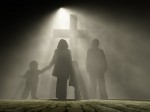









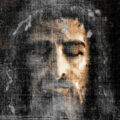

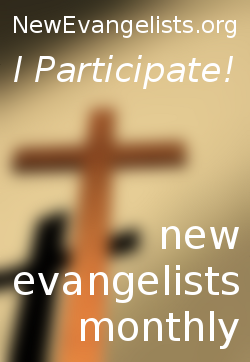
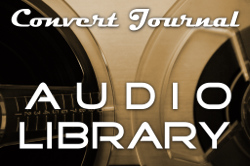













Ahhh, thank you. The words of the truth of our faith. Simple and to the point. Truth trumps everything!
Do you understand the 4th Cup?
After the beginning of Jesus' Last Passover Supper (Seder) Judas Iscariot left to do what he had to do. The twelve left in the room were at the point where the second of four traditional cups was about to be drunk.
(The first is at the beginning of the Seder meal.) Jesus took the cup and gave thanks and gave it to them and said, "Take this and divide it among you. For I tell you I will not drink of the fruit of the vine until the Kingdom of God comes."
More of the lamb meal was consumed. During that He took a loaf of unleavened bread, gave thanks, broke it and gave it to His disciples saying, "This IS my body given for you; do this to recall me." ("Recall" is a better translation of the Greek "anamnesis" than "remember".)
After the supper He took the third cup saying, "Drink from it, all of you. This IS my blood of the NEW and everlasting covenant which is poured out for many for the forgiveness of sins."
A hymn was sung, which is a combination of several psalms called The Great Hillel, and they went out to the Mount of Olives.
What happened? The Passover ceremony and ritual was not complete. There was no fourth cup. There was no announcement that it was finished. Could it be that Jesus was so upset with what He knew was about to happen that He forgot? Doubtful!
Not only Jesus, but also the 11 others had participated in the Passover Seder every year of their lives. No, this was done on purpose. The last supper of Jesus was not over.
On the Mount of Olives, in the Garden of Gethsemane, the disciples slept while Jesus prayed, "Father, if you are willing, take this cup from me; yet not my will but yours be done."
He prayed that three times. Then Jesus was arrested, illegally put on trial by the Sanhedrin, then by Pontius Pilate, sentenced and crucified.
While on the cross He wept. Jesus, who was in excruciating agony, was so merciful that He prayed for the forgiveness of His executioners. He was offered some wine with a pain killer, myrrh, in it. He refused it.
"Later, knowing that all was now complete, and so that the Scripture would be fulfilled and the kingdom established, Jesus said, 'I am thirsty.'" A man dipped a sponge into sour wine; he placed it on a hyssop branch and lifted it up to Jesus lips.
He drank. (We recall that it was the hyssop branch which was used to paint lambs blood around the Hebrew's door for the Passover of the angel of death.)
It was then that Jesus said, "It is finished." He then bowed His head and gave up the spirit to His Father.
The fourth cup now represented the lamb’s blood of the first Passover, a saving signal to the angel of death.
The Lamb of God was now sacrificed. The last Passover supper of Jesus Christ was now complete with the fourth cup. It was finished.
The tie in with the Passover is unmistakable.
The Lamb of God was sacrifice and death was about to be passed over come Easter day.
The promise of eternal life for many was about to be fulfilled.
Christ’s Passover was finished, but His mission was not until he rose from the dead
Thanks Michael for the great comments. The fourth cup is indeed an important part of the story, but alas I hoped to tell just the basics – focusing on the Real Presence of Christ in the Eucharist. There is a good bit eliminated from the timeline.
I noticed that your blog has a lot of great coverage of this! I hope readers of these comments go there to learn more.
Thanks, George!
God bless you
Michael Gormley